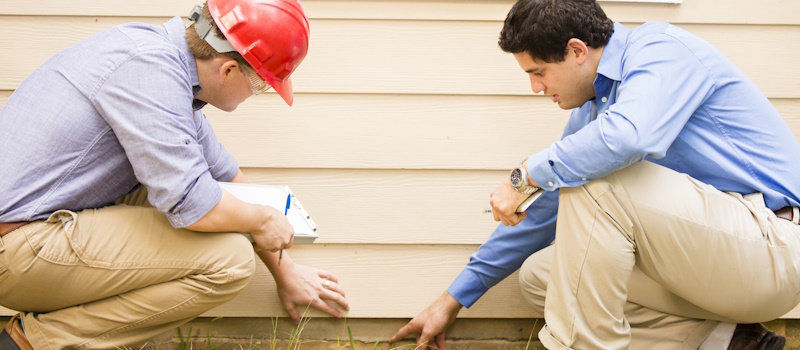Ways To Prepare and Respond To an Earthquake
Ways To Prepare and Respond To an Earthquake

Ways To Prepare and Respond To an Earthquake
While you may think earthquakes occur only on the West Coast, 45 U.S. states and territories sit in an earthquake zone. Before the next earthquake strikes, know your risk and access the Earthquake Notification Service for your area. Prepare your home and car, too, as you protect your family and property.
Evaluate Your Home’s Structure
Hire a qualified professional to verify your home’s structural integrity and determine if it needs a seismic retrofit. Or simply repair cracks in the ceiling, foundation, roof, and chimney. Strengthen or reinforce beam, post, joist, and plate connections. Install flexible fittings on gas and water pipes, too. As with all home repair projects, comply with local building codes, laws and regulations.
Secure Potential Hazards
Collapsing building materials and falling heavy objects cause the most injuries and deaths during earthquakes. So, protect your family from falling objects.
- Anchor bookcases, dressers and artwork to the wall.
- Move heavy mirrors and artwork from the walls near your beds and sitting areas.
- Install childproof latches or sliding bolts to cabinet doors.
- Attach large appliances to wall studs with braided wire, metal strapping or flexible cable.
Practice Earthquake Drills
Ensure everyone in your family knows what to do when the ground starts to shake.
If you’re at home, move away from hazards and drop, cover and hold. Drop to your hands and knees and prepare to crawl. Cover your head, neck and entire body, if possible. Hold onto your shelter, head and neck until the shaking stops.
When the earthquake ends, plan to meet your loved ones in a safe location. Practice exiting your home from any room, even the second floor, as part of your earthquake drill.
Ensure someone grabs the emergency supply kit. It should include a first aid kit, food and water for three days, essential documents, and prescription medications. Add a shovel, gloves, rope, sturdy shoes, whistle, phone charger, and pet supplies, too.
Finally, train your family members to turn off utilities, including water, gas and electricity. Be sure someone performs this task before you leave the house.
Take Care Driving
It’s possible you could be driving when an earthquake occurs. In this case, pull over away from power lines, signs, bridges or overpasses. Turn off the car, set the parking brake and stay in your vehicle until the earth stops shaking. Then, drive carefully to your family’s designated meeting spot while avoiding obstacles like broken pavement, downed power lines and debris.
Update Insurance Policies
Although typical home and renters insurance policies do not include earthquake coverage, you may be able to purchase an earthquake insurance policy. If your auto policy has comprehensive coverage, it may cover damage resulting from the earthquake, but it’s best to verify with your agent.
With all these preparation tips, you ensure your home, car and family are ready if this natural disaster occurs.
